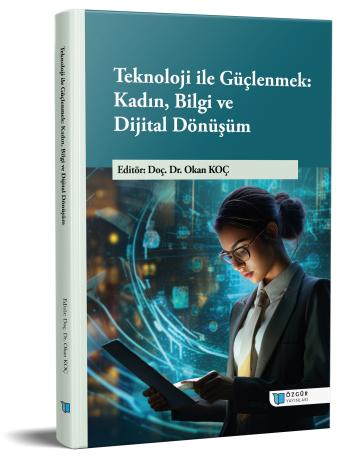
Types of Digital Violence in the Tourism Sector and How Women Are Exposed to It
Chapter from the book:
Koç,
O.
(ed.)
2025.
Empowered by Technology: Women, Knowledge, and Digital Transformation.
Synopsis
The digitalization of the tourism sector has fundamentally transformed a wide range of sectors, from reservation systems to the sharing of customer experiences on online platforms. While this transformation offers businesses opportunities such as global reach and effective marketing, it has also brought with it a new and serious threat to employees: digital violence. Due to its labor-intensive nature, the tourism sector represents a significant employment opportunity for women. The concentration of women in front-line positions (those requiring direct customer contact) within the industry makes them more vulnerable to digital violence. The high presence of women in occupations such as reception, waitressing, housekeeping, entertainment, and tour guiding also makes them prime targets for online attacks. Different forms of digital violence – cyber harassment, reputation attacks, sexually explicit messages, disclosure of personal information, discriminatory comments on online rating platforms and organised lynching campaigns – not only negatively impact employees’ psychology, but also disrupt their career development and pose a threat to their physical safety.
The first part of our study emphasizes how the digitalization of the tourism sector and advances in information and technology are impacting the sector. We also explore the role of the tourism sector within Turkey's service sector. The second part of our study focuses on the employment rate of women in the tourism sector in Turkey and discusses their visibility in this context. According to data from the Turkish Statistical Institute (TurkStat), female employment in the tourism sector accounts for approximately 37.1% of total employment. This rate demonstrates the importance of female labor in the sector and the indispensable role women play in the sustainability of tourism. The third part of our study defines the concept of digital violence and focuses on how it manifests in the tourism sector. Specifically, the types of violence occurring on social media, online review platforms, and digital communication channels are examined in detail. Women's experiences of exposure to these forms of violence are evaluated along with their psychological, occupational, economic, and social consequences.

